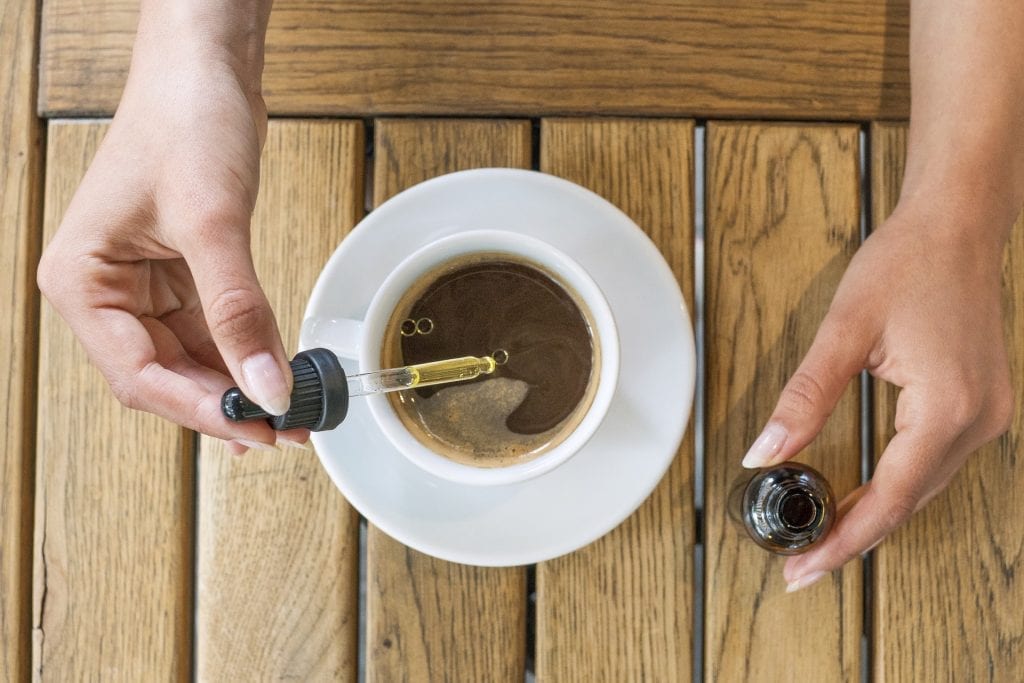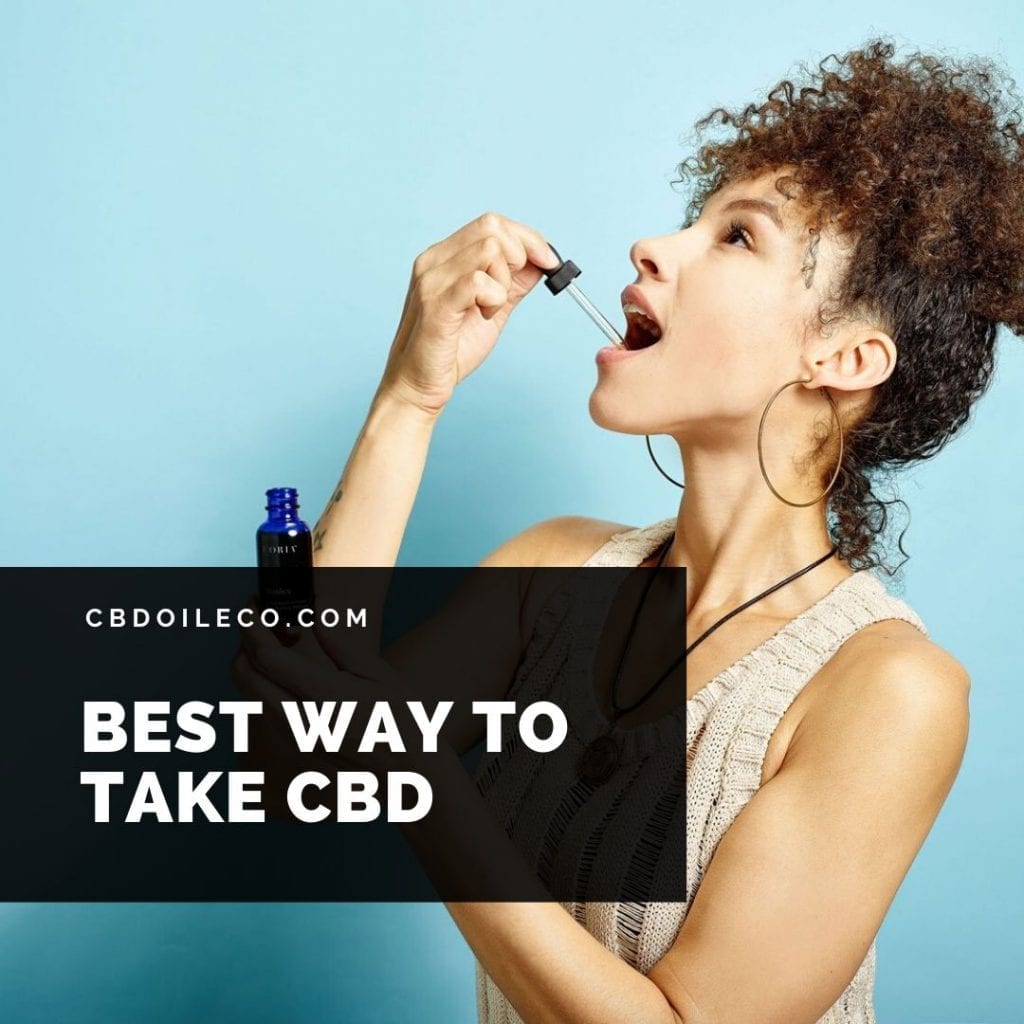In recent years, more and more people have been using CBD oil products to soothe their pain. In fact, hemp oil has been used for treating joint discomfort, chronic pain, anxiety, or migraines. The best way to take CBD is therefore a common topic.
If you’re just starting to look into CBD, you may have realized that the market is bigger than you previously believed it to be. The sheer number of different CBD products that are available can get a bit overwhelming. Well, we’re here to help. We tell you how to consume CBD properly.
Today, we’re going to talk about the different types of CBD products and how to apply them. Specifically, we’ll be taking a look at six of the most popular CBD consumption methods:
- Inhalation or vaping
- Swallowing (in the form of pills or capsules)
- Melting under the tongue
- Rubbing on the skin to treat localized pain
- Entering the bloodstream through the skin
- Inserting into one of the major body cavities
And you’d be surprised at which of these methods is the most effective! On that note, let’s talk about how we can even measure the effectiveness of a CBD delivery method.

The Effectiveness Of A CBD Application Method?
In order to understand the effectiveness of CBD oil products, we must talk about the concept of bioavailability first. That term signifies the amount of the product that gets into your system. All of the various delivery methods we just listed have different levels of effectiveness, which we’ll specify by referencing percentages.
Now, let’s see how you can calculate the amount of CBD using the percentages we’ll mention. For example, if a method has about 40% effectiveness, that means that your body will only get 40% of the total CBD content of the product. So if you’re using a product that gives you 20 mg of CBD per single use, only 8 mg would get inside your system. And most of the percentiles of effectiveness aren’t even that exact.
Because of the fact that our bodies absorb CBD differently depending on the method of delivery we use, we’ve decided to make bioavailability an important part of our list. However, we ought to mention that none of the methods we know of so far are able to give us the maximum amount of CBD per use. Still, depending on what we’re using the CBD oil product for, 8 mg might be plenty.
#6 Best Ways To Take CBD Oil
We’ve decided to present our list of delivery or intake methods going from the most popular to the least popular ones. So let’s first talk about how much of the CBD content you’re really getting by vaping.
Inhalation Or Vaping
Hemp oil inhalation or vaping are some of the most popular ways people intake CBD. The method has proven effective for reducing pain or soothing anxiety almost instantly. There’s no hard limit on how much CBD vapor a person should inhale. Typically, a patient will keep vaping until they feel the effects of the hemp oil, which should then last for at least a couple of hours.
Because the vapors go straight to our lungs, our bodies are able to quickly move the CBD content into the bloodstream. One of the reasons why these types of products are so popular is that people experience the effects quickly. They’re also popular because they allow customers to choose the taste they like. Since this method is so efficient, you’d think that it is effective according to the parameters we just mentioned. However, the bioavailability of CBD inhalation is actually only about 30–40%. So if you come across a CBD vaping pen that has 200 mg of CBD, keep in mind that you’ll only be getting about 60–80 mg.
Oral Aka Edibles, Pills, And Capsules
Many different types of CBD products are meant for oral use. However, in this instance, we’re specifically thinking of things such as pills, capsules, even food items such as gummies and chocolates. CBD edibles are a great way to make your hemp oil a daily snack. On the other hand, if you just don’t like the taste of certain CBD products, you can simply get pills and capsules.
Most orally ingestible products do have set dosages, although they often depend on the individual product. Unfortunately, as convenient as these types of products usually are, they only give you about 5% of the total CBD content. Since they usually only have about 10–30 mg of CBD per piece, that doesn’t really amount to much.
Sublingual: Under The Tongue
The sublingual method of intake is certainly more promising than the oral one. However, at only 20–30% bioavailability, it’s still less effective than vaping.
The way you’d take these types of products is simple. Generally, you’d use CBD oil with a potency of anywhere between 0.30 mg of CBD per drop to 5 mg per drop. We recommend following the instructions of individual products. However, they’re usually fairly lax, allowing users to choose their dosage. You would then apply the drops underneath your tongue. Within a minute or so, the mucous membranes would absorb the CBD content.
The sublingual method of delivery takes effect fairly quickly because the oil goes straight into the bloodstream. However, since it doesn’t go into the digestive tract which can metabolize and release its effects gradually, it also wears out quickly. Additionally, CBD oil doesn’t have the most pleasant taste on its own, so many people avoid this method. On the other hand, it’s a fairly affordable choice for people who have to take a lot of CBD oil products.
Topical: Treating Localized Pain Through The Skin
This method takes us completely out of the oral category of products into skin-related delivery methods. Topical hemp oil products are perfect for people who suffer from specific kinds of joint pain. Whether your wrist hurts because you use the wrong computer mouse or you have arthritis pains, a CBD salve could be just the thing.
By applying the ointment directly to the area where we feel the discomfort, it can work on healing just the affected area. These types of products won’t affect any other part of a person’s body, so the efficacy is only limited to the area you apply it to. Because the hemp oil won’t make it into the blood, we couldn’t assign a percentage of efficacy in this case.
Transdermal: Entering The Bloodstream Through The Skin
Unlike the previous group of topical treatments we discussed, transdermal products can, in fact, get into the bloodstream through the skin. Basically, if you’ve ever seen a nicotine patch, you know how this works. You would use either a CBD patch or a special lotion or cream and apply it wherever you’d like. The CBD content would penetrate the skin barrier to give you all the benefits of vaping. In fact, the bioavailability of this method is near 70%, the highest number we’ve seen yet.
So the overall tension in your body would drain away, and any pain would start to drain away. Also unlike the previous method, this can treat mental health issues such as anxiety or panic attacks. However, the one major downside to these types of products is their cost.
Suppositories: Through One Of The Major Body Cavities
Finally, we’ve reached what is, perhaps, the least popular method of CBD delivery: suppositories. These types of products are long, greasy pills one would insert into the rectum or the vagina. In either case, these products have a high content of CBD oil and an extremely high bioavailability as well. In fact, suppositories give you about 80–90% of the total CBD content of a single pill.
The reason why this group of products isn’t very popular should be fairly clear by now. However, in their defense, suppositories work incredibly well for menstruation cramps and various rectal issues. The effects take about 20 minutes to kick in and can last as long as 8 hours. In addition to the ailments we’ve already mentioned, this method could also be a great choice for people who just can’t stomach other ways of ingesting CBD.
What is the best way to take CBD? | Conclusion
With regards to the efficacy of each of the types of intake we’ve mentioned, we have a final tally. The best ways to take CBD oil products is either by using suppositories or by applying it transdermally. However, if you don’t need to experience full-body pain relief, topical solutions can also work wonders.
The next most effective methods are vaping and sublingual, with about 30% bioavailability each. And for more casual CBD users, oral delivery is the way to go. In fact, if you’re someone who suffers from chronic joint pain as well as, for example, anxiety, you might benefit from using more than one of the types of products we’ve discussed today. Ultimately, it’s all about adjusting your CBD regimen until you have one that works for you.

